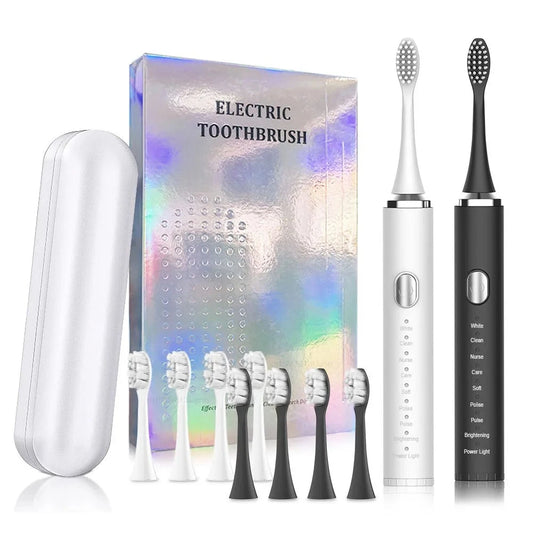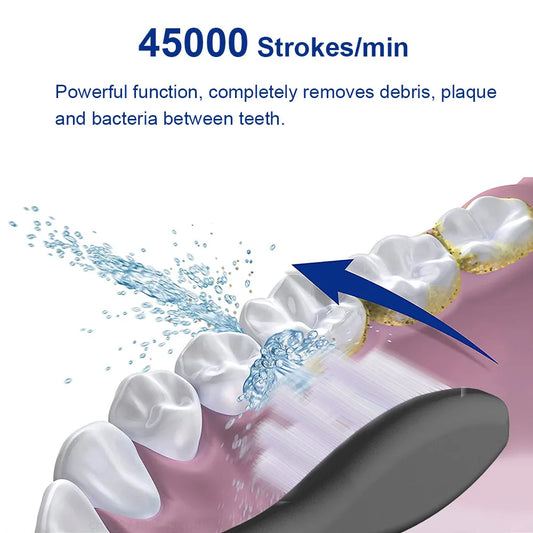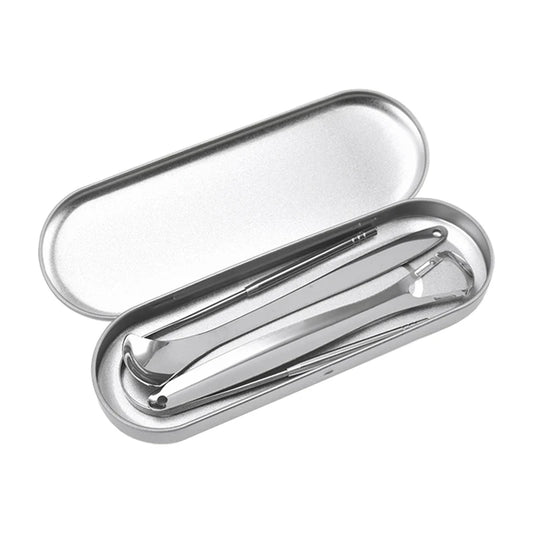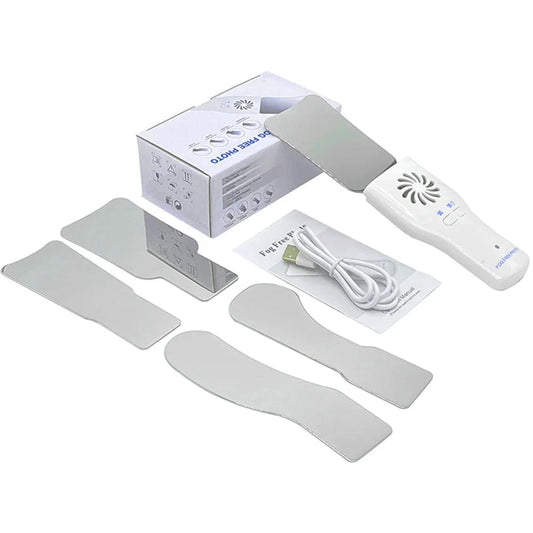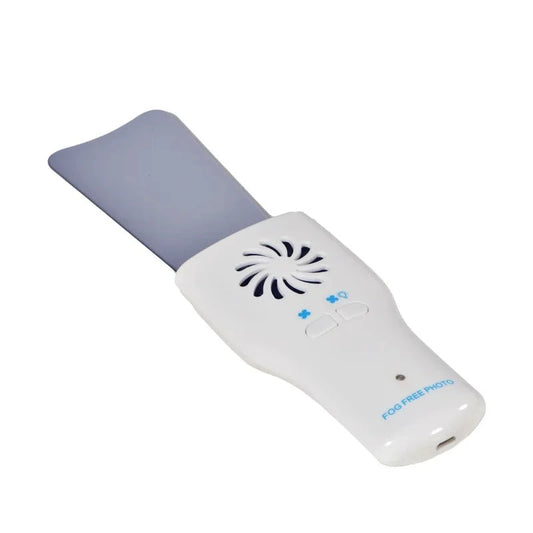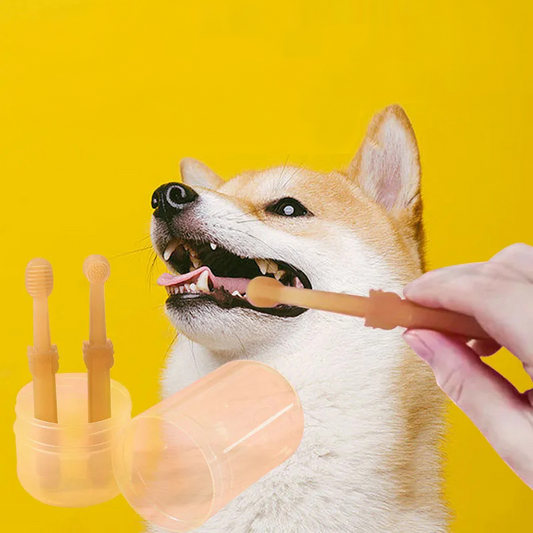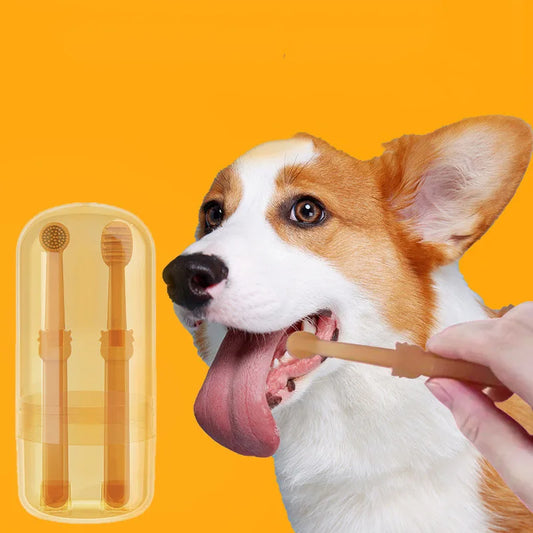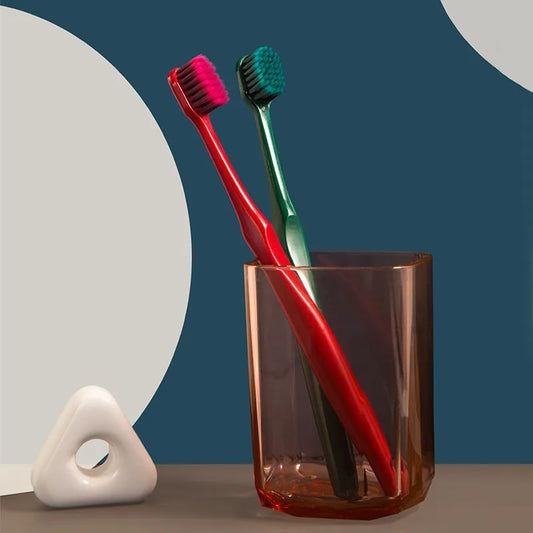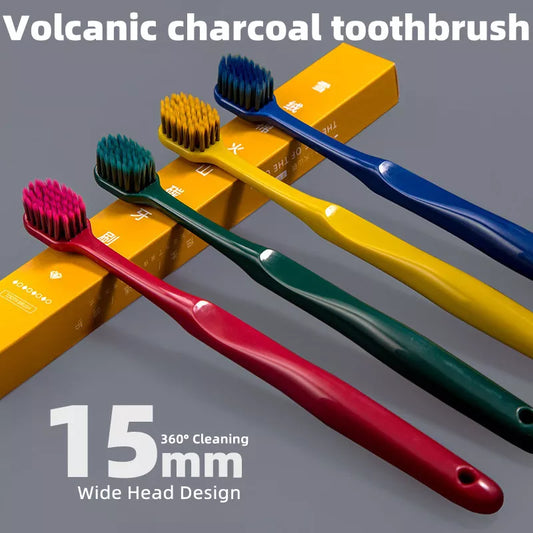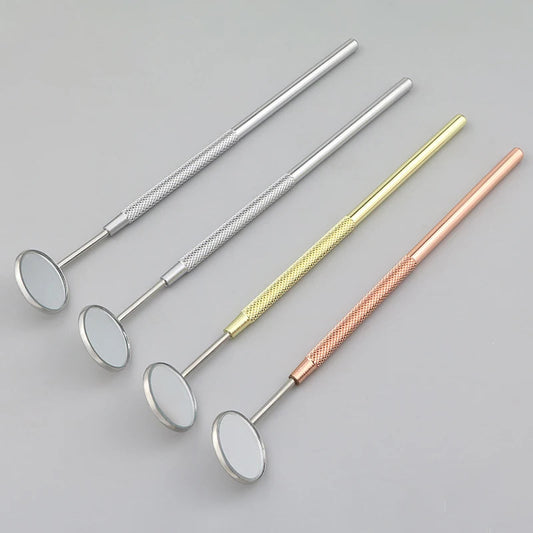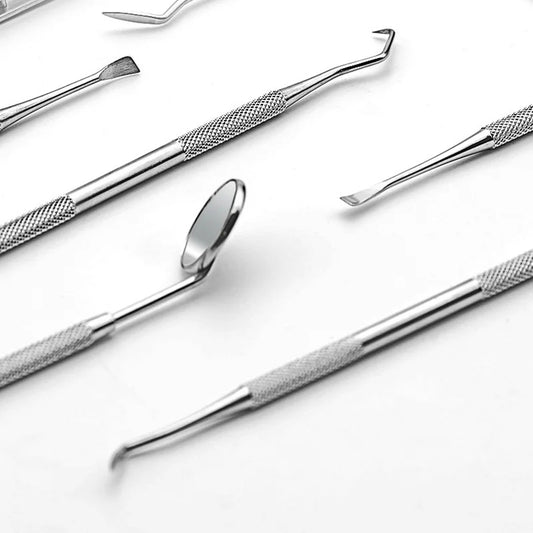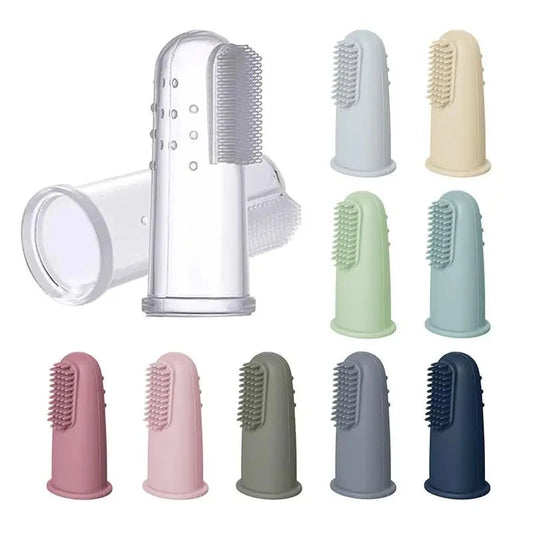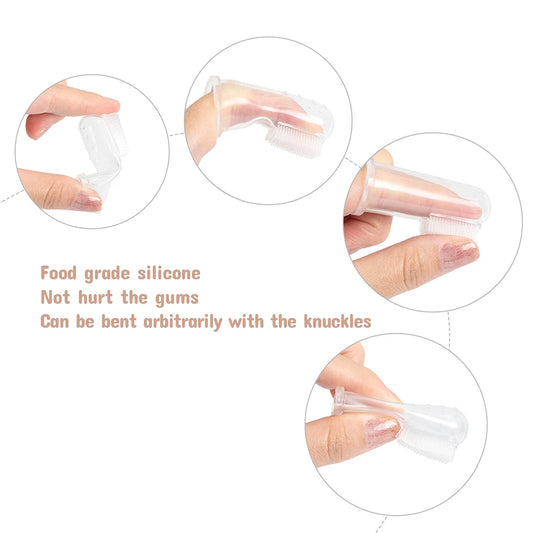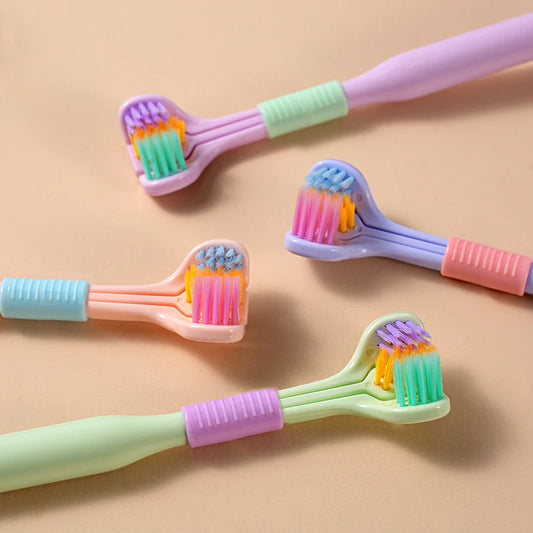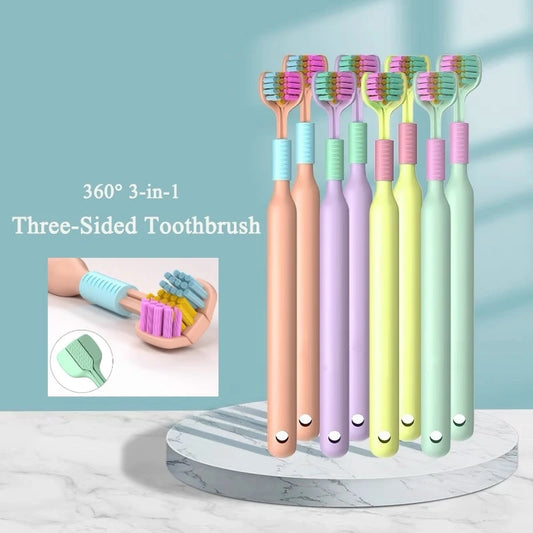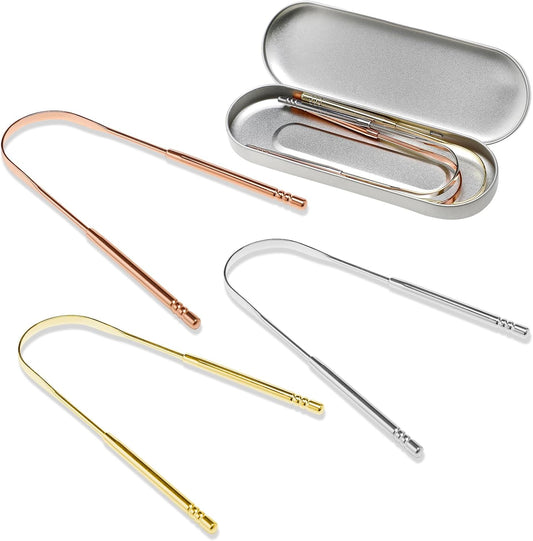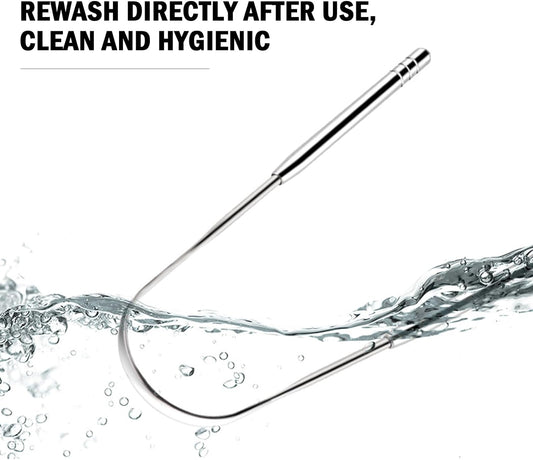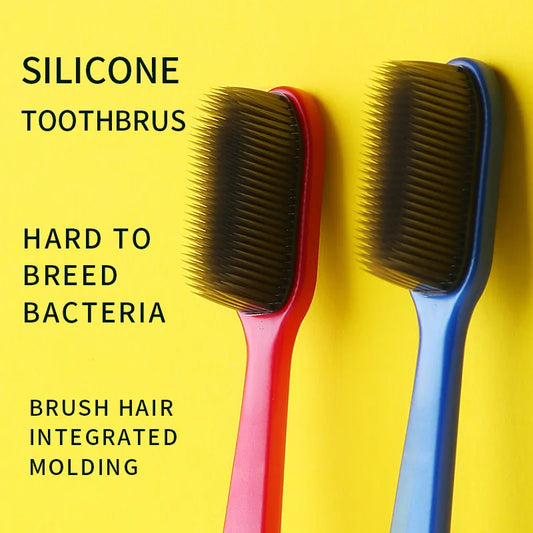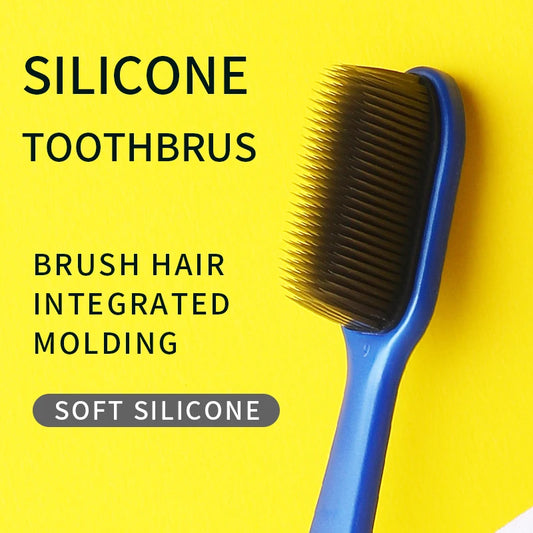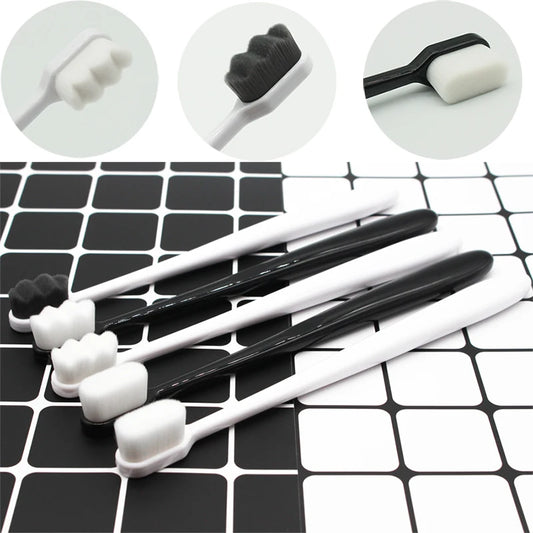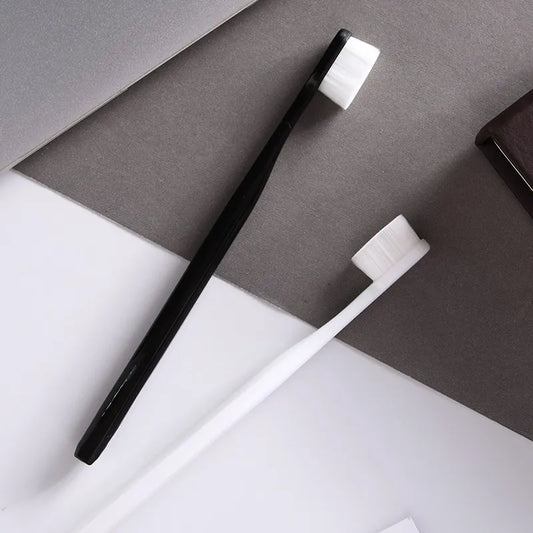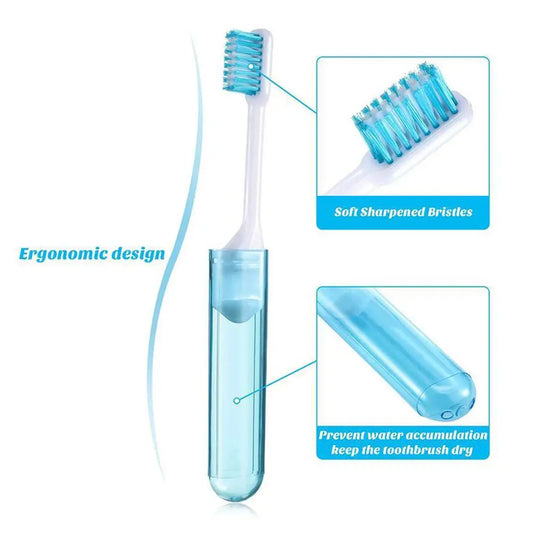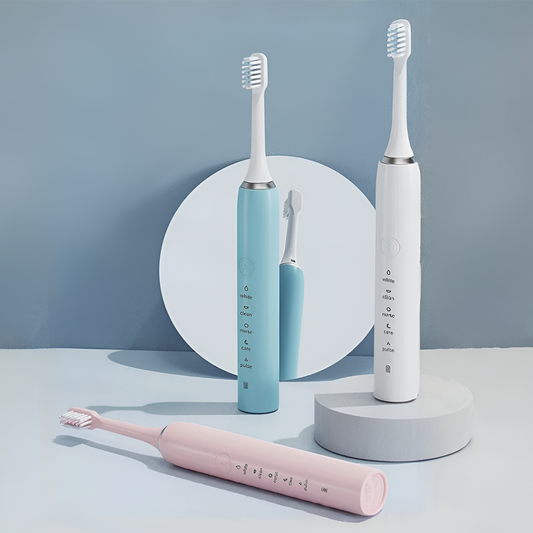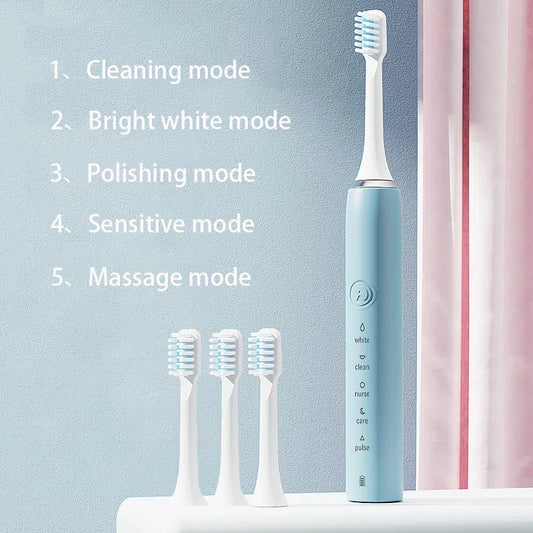While many of us may brush our teeth diligently, achieving truly effective oral hygiene requires more than just a cursory scrub.
Deep toothbrushing techniques involve thorough cleaning of every nook and cranny in your mouth, ensuring the removal of plaque and bacteria from hard-to-reach areas.
In this comprehensive guide, we'll explore advanced toothbrushing techniques to help you elevate your oral care routine and achieve a deeper level of cleanliness for a healthier smile.
Understanding Deep Toothbrushing:
Deep toothbrushing goes beyond surface-level cleaning to target hidden plaque and bacteria lurking in the crevices of your mouth. By mastering advanced brushing techniques and incorporating specialized tools into your routine, you can effectively combat oral health issues such as cavities, gum disease, and bad breath.
Technique 1: Modified Bass Technique:
Modified Bass Technique is a popular method recommended by dental professionals for deep toothbrushing. To perform this technique, angle the bristles of your toothbrush at a 45-degree angle towards your gumline.
Using short back-and-forth motions, gently brush along the gumline and the surfaces of your teeth. This technique helps remove plaque and debris from beneath the gumline, where traditional brushing may not reach.
Technique 2: Rolling Stroke Technique:
Rolling Stroke Technique is another effective method for deep cleaning your teeth and gums. To perform this technique, place the bristles of your toothbrush at a 45-degree angle to the surface of your teeth.
With a rolling motion, move the brush away from the gumline towards the biting surface of your teeth. Repeat this motion for each tooth, ensuring thorough coverage of all surfaces.
Technique 3: Interdental Brushing:
Interdental brushing involves using small, cone-shaped brushes to clean between your teeth and along the gumline. Insert the brush gently between your teeth and move it back and forth to dislodge plaque and food particles.
Interdental brushes are especially useful for individuals with braces, dental bridges, or gaps between their teeth.
Technique 4: Sulcular Brushing:
Sulcular brushing targets the sulcus – the space between your gums and teeth – where bacteria often accumulate. To perform sulcular brushing, place the bristles of your toothbrush directly into the sulcus at a 45-degree angle and make gentle circular motions.
This technique helps remove plaque and bacteria from beneath the gumline, promoting gum health and preventing periodontal disease.
Technique 5: Tongue Cleaning:
Don't forget to clean your tongue as part of your deep toothbrushing routine. Use the bristles of your toothbrush or a tongue scraper to gently remove bacteria and debris from the surface of your tongue. This helps prevent bad breath and promote overall oral hygiene.
Conclusion:
Mastering deep toothbrushing techniques is essential for achieving superior oral hygiene and maintaining a healthy smile.
By incorporating advanced brushing techniques into your daily routine, you can effectively remove plaque and bacteria from hard-to-reach areas, reducing your risk of dental problems and promoting long-term oral health.
So why settle for surface-level cleaning when you can dive deep and ensure a cleaner, healthier mouth? Start practicing these techniques today and take your oral care to the next level.


